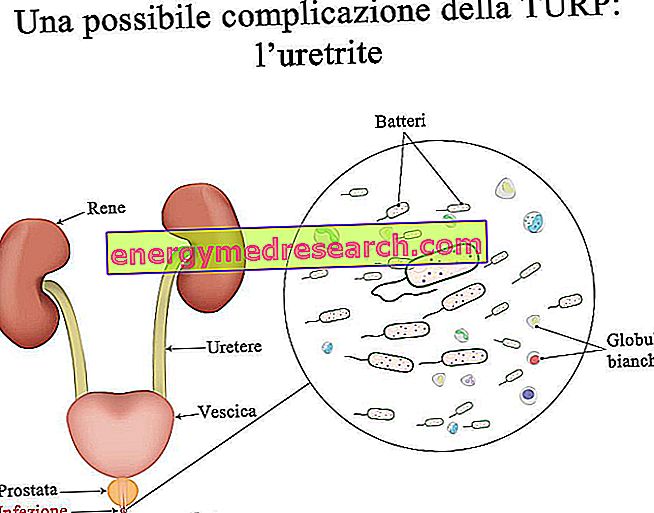
Transurethral resection of the prostate ( TURP ) is the partial prostate removal surgery, reserved for men suffering from benign prostatic hypertrophy.
Like any surgery, TURP is also a complication risk procedure, some of which are far more common than others.
Among the possible most common complications, we recall:
- Retrograde ejaculation . It is the condition for which the sperm emission occurs in reverse, not towards the outside but towards the bladder. This complication occurs in 9 out of 10 cases, so it is very frequent.
- Urinary incontinence . It is the involuntary loss of urine and affects about 10% of the people operated on. Usually, it is urgency incontinence, but, in at least 2% of the cases, it is stress urinary incontinence.
- Urethral stenosis . It is the narrowing of the urethra, that is the channel that makes the urine flow outside. It concerns about 4% of the people operated on.
Among the possible less widespread complications, instead, they deserve to be mentioned:
- Persistent bleeding . They affect about 3-5% of people operated.
- Urinary tract infections (urethritis, cystitis, etc.). They concern 5-10% of patients and require antibiotic treatment.
- Urinary retention . Subsequent to damage to the bladder muscles, consists in the failure to empty the bladder. It affects 2% of people operated and is generally a temporary problem (lasting from 4 to 6 weeks).
- Impotence . It is the difficulty in having or maintaining an erection. It affects 5-10% of patients and is usually a temporary problem.
- TURP syndrome . It is due to a reabsorption of the washing liquid.



